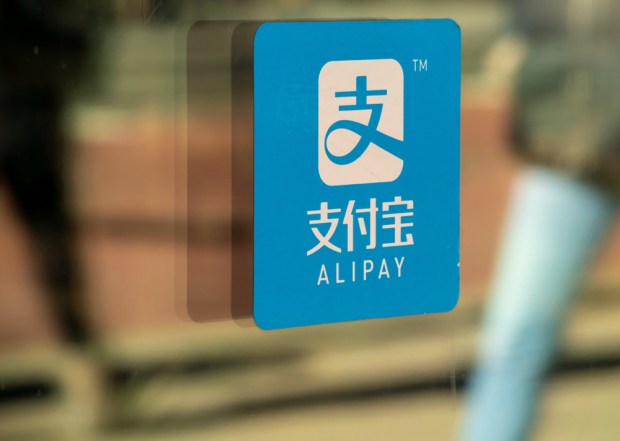
Mastercard is expanding its cross-border payment solutions by connecting to China’s Alipay.
The collaboration lets Mastercard’s bank, FinTech and corporate clients offer customers a connection to an e-wallet that has more than 1 billion users in China, Mastercard said ina Tuesday (March 19) press release.
“China is already one of the largest recipient countries worldwide for international remittances,” said Dennis Chang, Mastercard’s division president for Greater China. “As global economic activities continue to recover, demand for cross-border payments will only increase.”
Adds Alan Marquard, the company’s head of transfer solutions: “Disbursements and remittances are a key area of growth for Mastercard, and the company continues to develop its solutions across geographies, always with the objectives to make payments faster, safer and more convenient and to foster financial inclusion.”
The release notes that consumers are increasingly seeking ways to send money overseas quickly and securely, favoring digital payment options rather than in-person methods.
“In an era of disruptive technologies, cross-border payments are quietly undergoing a revolution,” PYMNTS wrote earlier this year. “The emerging paradigm centers around cost-effective, real-time payment options with maximum visibility for both sender and receiver.”
Traditional cross-border payment methods, such as wire transfers, that report noted, are a source of major friction for businesses, who cite slow speeds, lack of transparency and high costs among the most common pain points.
Meanwhile, recent research by PYMNTS Intelligence and Nuvei takes a closer look at the hurdles of making these payments, with failed cross-border payments costing merchants in the U.S. an estimated $3.8 billion per year.
As noted here last month, merchants focused on cross-border sales report an average cross-border payment failure rate of 11%, considerably larger than their less internationally focused counterparts.
“This pain point is more acute for mid-sized firms in the $250 million to $500 million revenue range,” PYMNTS wrote. “Additionally, 82% of merchants struggle to diagnose the causes of failed payments, highlighting the need for robust solutions.”
Among those solutions are automated ones, relied on heavily by merchants with a larger focus on cross-border commerce. The research found that 55% of those merchants use automatic retry systems. But in spite of the priority these merchants place on international markets, their rates of collaboration with payment services providers remain fairly low, the report said.